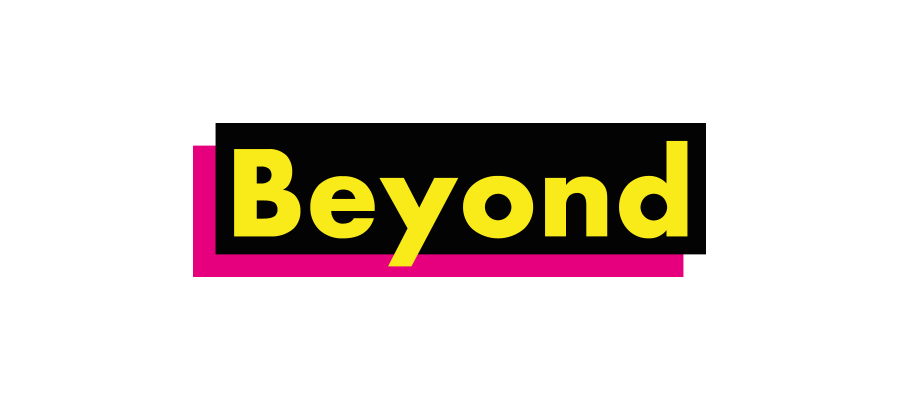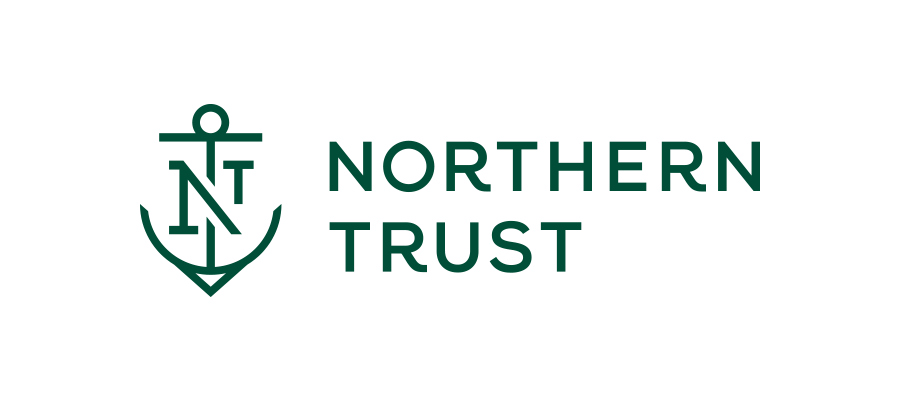How can you support your employees in terms of preventing burnout?

What can you do for your employees right now to help prevent burnout?
How can you support your employees in terms of preventing burnout?
The last year has been challenging for many. All of us have been affected by covid and restrictions in one way or another.
But how has this affected your workforce? In a short space of time millions of people were working from home and adjusting to different situations. But the ongoing situational stress and concern about the pandemic as well as heavy workloads have brought on feelings of anxiety and for some even burnout.
Organisations are focusing more on wellbeing however we are just at the start of this journey.
A recent article in Forbes spoke about the trend to hire a Chief Wellbeing officer. Although there are only a handful around the world at the moment it is predicted that in the next 5 years many more organisations could be employing chief wellbeing officers who would sit in the C-suite leading a team responsible for purpose and wellbeing. In turn this may well define the choice of the employee on where they want to work. By focusing strongly on wellbeing, it is possible to foster engagement, productivity and ultimately achieve strong results.
What can you do for your employees right now to help prevent burnout?
Step 1: Make Wellbeing at the centre of everything. Stress and calm are both contagious; be mindful and intentional of which is spreading at your organization. Use calming communication and re-think the ‘rest ethic’ , prepare your organisation for ‘permission to disconnect’ and run a whole campaign on it. Consistency and persistence are key.
Step 2: Incorporate resilience, wellbeing and burnout prevention training at onboarding level. An average employee only gets up to speed at about 8-12 months but most onboarding programs last 3 months. Why not offer prolonged support through specific new tailored training and coaching for that first year?
Step 3: Survey your workforce regularly to find out the stress levels and toxicity and capture the voice of your employees. Active listening in meetings and train up managers to have caring and empathetic conversations.
Step 4: Get people away from screens for periods of time throughout the working day to prevent virtual burnout and also physical problems. Encourage calls to get away from the screen and walk about and micro breaks throughout the day
If you would like to find out how to improve your onboarding and wellbeing plan or to help your teams prevent burnout contact us at info@softersuccess.com. We also run specialist ‘burnout risk’ assessments.
Cara de Lange
Founder & CEO
Softer Success
www.softersuccess.com
Shortlisted ‘Mental Health Consultancy of the Year 2020’ for the This Can Happen Awards







